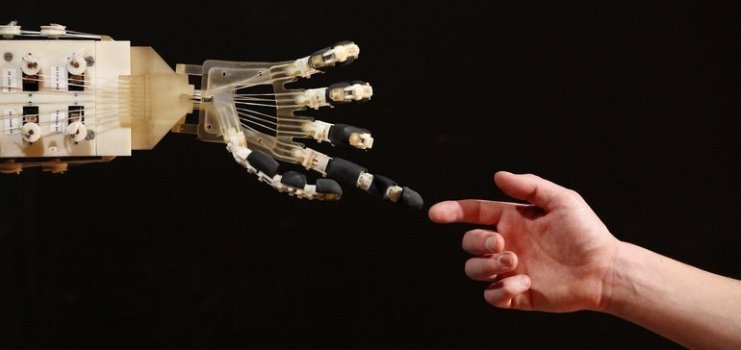To get insight into the skill sets required to create AI and machine learning (ML) models, it's useful to get a sense of the model creation process, which is the gradual learning done by ML software, and the challenges faced to produce a model that meets predefined success criteria.
ML software uses data to train a model, with the model constituting an AI "product" that can be reused over time through regular AI input data updates. ML software has four basic learning types:
ML software uses data to train a model, with the model constituting an AI "product" that can be reused over time through regular AI input data updates. ML software has four basic learning types:
- Supervised: Involves making the algorithm learn the data while providing the correct answers using labels placed on the data. This essentially means that the classes or the values to be predicted are known and well defined for the algorithm from the very beginning.
- Unsupervised: Unlike supervised methods the algorithm doesn't have correct answers or any answers at all, it is up to the algorithm's discretion to bring together similar data and understand it.
- Semi-supervised: A hybrid of supervised and unsupervised learning.
- Reinforcement: In reinforcement learning, rewards are given to the algorithm upon every correct prediction, driving the accuracy higher up.

